Gophers, often underestimated members of the rodent family, are fascinating creatures with a profound impact on their ecosystems. These industrious diggers are more than just “pests” or “mole cousins”. They are ecosystem engineers, vital to soil health, and possess a surprising degree of behavioral complexity. This comprehensive guide delves into the world of gophers, exploring their biology, behavior, ecological roles, and interactions with humans.

What is a Gopher?
The term “gopher” doesn’t refer to a single species, but rather to a group of burrowing rodents within the family Geomyidae. There are around 35 species of pocket gophers, found exclusively in North and Central America. Their name originates from the French word “gaufre,” meaning “waffle,” referencing the waffle-like pattern of the tunnels they create. They are generally small to medium sized, ranging from 5 to 14 inches in length, and characterized by their robust bodies, small eyes, and prominent, external cheek pouches, the “pockets” that give them their name. These pouches are used to transport food and nesting materials.
Physical Characteristics
Gophers exhibit adaptations suited for a subterranean lifestyle. Their forefeet are large and possess strong claws for digging. Their bodies are cylindrical and covered in fur that provides insulation. Fur color varies depending on the species and geographic location, ranging from light brown to almost black. They have small ears and eyes, reflecting their reliance on senses other than sight and hearing underground. Their teeth grow continuously, allowing them to gnaw through roots and other tough vegetation.
Habitat and Distribution
Pocket gophers are found across a wide range of habitats in North and Central America, including grasslands, prairies, meadows, forests, and agricultural lands. They thrive in areas with deep, loose soil that is easy to excavate. Different species have adapted to different environments, with some preferring drier climates and others thriving in wetter regions. They are generally absent from heavily forested areas with rocky or compacted soil. Distribution varies greatly between species, with some having very limited ranges and others being widespread throughout several states or provinces.
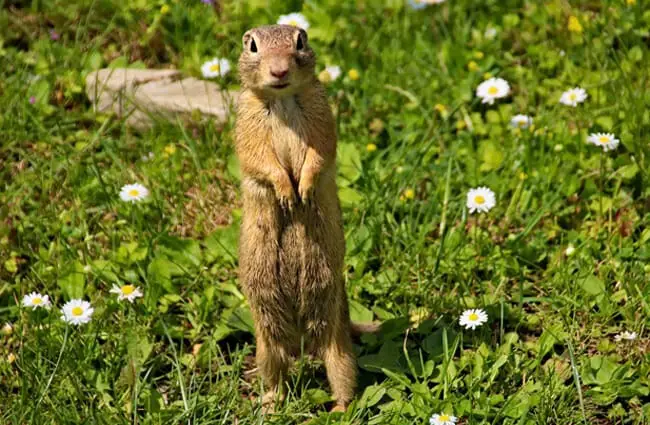
Building a Subterranean World
The most defining characteristic of gopher habitat is the extensive tunnel system they create. These tunnels serve as both shelter and a foraging network. They construct mounds of excavated soil, often referred to as “gopher mounds,” which are a visible sign of their presence. These mounds can range in size from small bumps to large, prominent structures. The tunnels themselves are complex, featuring numerous chambers for nesting, food storage, and waste disposal.
Diet and Foraging Behavior
Gophers are primarily herbivorous, feeding on roots, tubers, bulbs, and other underground plant parts. They will also consume leaves, stems, and seeds when available. Their diet varies depending on the species, habitat, and season. They often pull vegetation into their tunnels from below, creating visible dips or holes in fields and lawns. They don’t need to drink much water as they obtain moisture from the plants they eat.
Food Storage and Hoarding
Gophers are known for their food storage behavior. They create dedicated chambers within their tunnel systems to store roots, tubers, and other food items. These “larders” can contain significant amounts of food, ensuring they have a supply during lean times. This behavior helps them survive the winter months when fresh vegetation is scarce.
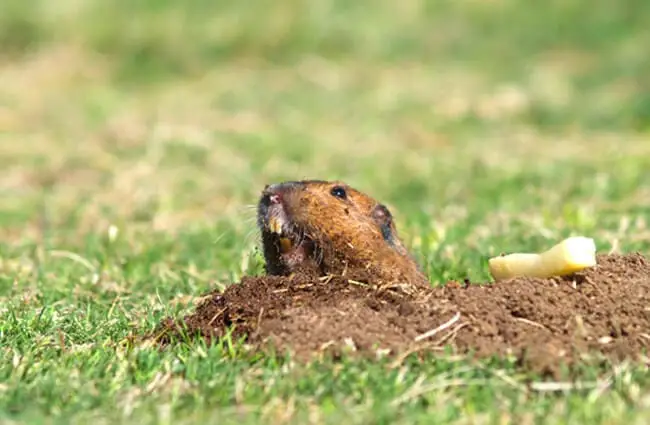
Reproduction and Life Cycle
Gophers typically breed once or twice a year, depending on the species and climate. The breeding season usually occurs in the spring and fall. They are generally solitary animals, except during the breeding season. The gestation period varies depending on the species, ranging from around 30 to 60 days. A litter typically consists of 3 to 8 pups, which are born blind and helpless. The pups remain in the nest for several weeks, being cared for by the mother. They reach sexual maturity within a year.
Gopher Mating Rituals
While not elaborate, gopher mating involves vocalizations and scent marking. Males will actively seek out females and may engage in brief territorial disputes with other males. Females are receptive to mating for a relatively short period.
Ecological Role and Interactions
Gophers play a surprisingly important role in their ecosystems. Their burrowing activities aerate the soil, improve drainage, and mix nutrients. This can promote plant growth and biodiversity. They also serve as a food source for predators such as owls, hawks, foxes, coyotes, and snakes. Their mounds can create microhabitats for other plants and animals.
Gophers and Plant Communities
While their feeding can sometimes damage crops or ornamental plants, gophers also contribute to plant diversity. Their selective feeding can prevent certain plant species from becoming dominant, allowing other species to thrive. They also disperse seeds through their burrowing activities.
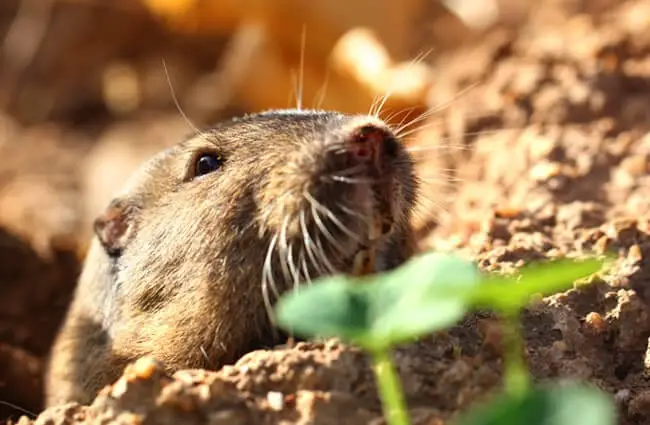
Gophers and Humans
Humans often view gophers as pests, particularly in agricultural areas and gardens. Their burrowing can damage crops, irrigation systems, and lawns. However, their ecological benefits are often overlooked. Control methods include trapping, exclusion, and habitat modification. It’s important to consider the ecological role of gophers before implementing control measures.
Coexistence Strategies
Instead of complete eradication, focusing on coexistence strategies can be more effective. This can include using physical barriers to protect valuable plants, tolerating a certain level of gopher activity, and encouraging natural predators.
Interesting Gopher Facts
- Gophers don’t hibernate, but they become less active during the winter.
- They have specialized cheek pouches that can be turned inside out for cleaning.
- Some species of gophers are highly territorial and will aggressively defend their burrows.
- They are excellent diggers, able to move a surprising amount of soil in a short period.
- Gopher mounds can provide habitat for beneficial insects and other invertebrates.
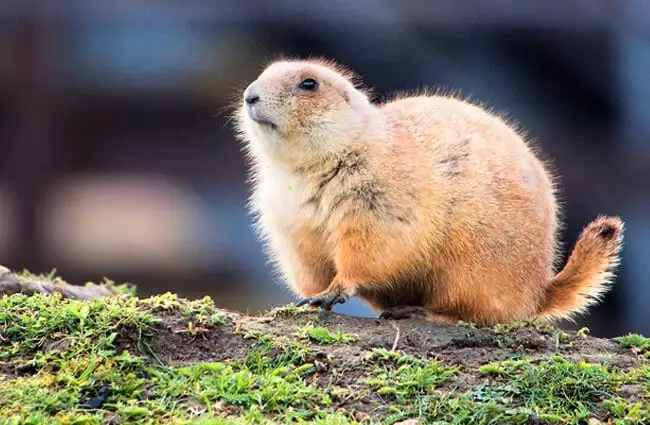
For the Aspiring Zoologist: Gopher Evolution
The evolutionary history of pocket gophers is rooted in the Oligocene epoch, roughly 30 million years ago. They are believed to have diverged from other members of the rodent family, adapting to a fossorial (burrowing) lifestyle. Their unique morphology, large claws, robust bodies, and external cheek pouches, represent a suite of adaptations driven by natural selection. Phylogenetic studies based on molecular data suggest that the genus Thomomys is the most diverse, with numerous subspecies exhibiting localized adaptations. Investigating the genetic basis of these adaptations provides valuable insights into the process of evolution.
For the Wildlife Observer: Finding Gophers in the Wild
The best time to spot gophers is during dawn or dusk, when they are most active. Look for gopher mounds, which are telltale signs of their presence. Scan grasslands, meadows, and agricultural fields. Listen for the sound of digging. Be patient and observant, as gophers are elusive creatures. Remember to observe from a distance and avoid disturbing their habitat.
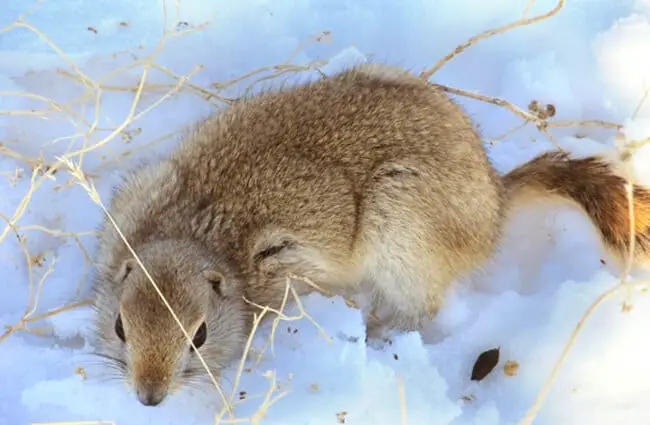
For the Zookeeper: Gopher Care in Captivity
Providing appropriate care for gophers in captivity requires a thorough understanding of their natural history. Enclosures should be spacious and include deep substrate for burrowing. Diet should consist of a variety of roots, tubers, vegetables, and grains. Enrichment items, such as digging boxes and puzzle feeders, should be provided to stimulate their natural behaviors. Regular veterinary checkups are essential to monitor their health. Avoid overcrowding, as gophers are generally solitary animals.
In conclusion, gophers are far more than just “pests”. They are fascinating creatures with a vital role to play in their ecosystems. Understanding their biology, behavior, and ecological significance is crucial for promoting their conservation and fostering coexistence.

![Red Angus Closeup of a beautiful Red Angus cowPhoto by: U.S. Department of Agriculture [pubic domain]https://creativecommons.org/licenses/by/2.0/](https://animals.net/wp-content/uploads/2020/03/Red-Angus-4-238x178.jpg)




![Red Angus Closeup of a beautiful Red Angus cowPhoto by: U.S. Department of Agriculture [pubic domain]https://creativecommons.org/licenses/by/2.0/](https://animals.net/wp-content/uploads/2020/03/Red-Angus-4-100x75.jpg)

